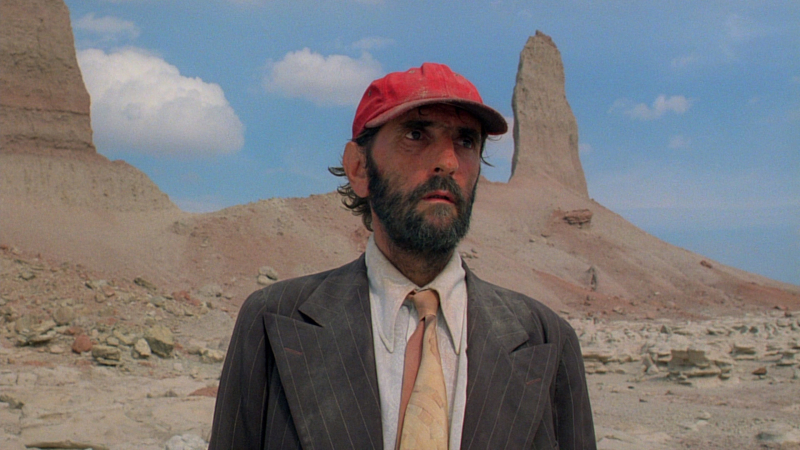Director – Wim Wenders – 1984 – US – Cert. 15 – 145m
*****
A constantly inventive movie in which a man returns after four years’ absence to bond with his seven-year-old son and seek out his disappeared wife – back out in cinemas on Friday, July 29th
Travis (Harry Dean Stanton) stumbles out of the desert in Southern Texas having disappeared to Mexico for four years following the collapse of his marriage. During this time, the estranged couple’s seven-year-old son Hunter (Hunter Carson) has been living with Travis’ brother Walt (Dean Stockwell) and wife Anne (Aurore Clement) who he understandably thinks of as his parents. Walt coaxes Travis into re-establishing his paternal relationship with the boy. When Travis decides to track down disappeared wife Jane (Nastassja Kinski), who has been sending Walt and Anne money for the child from a bank in Houston, the child talks him into letting him tag along.
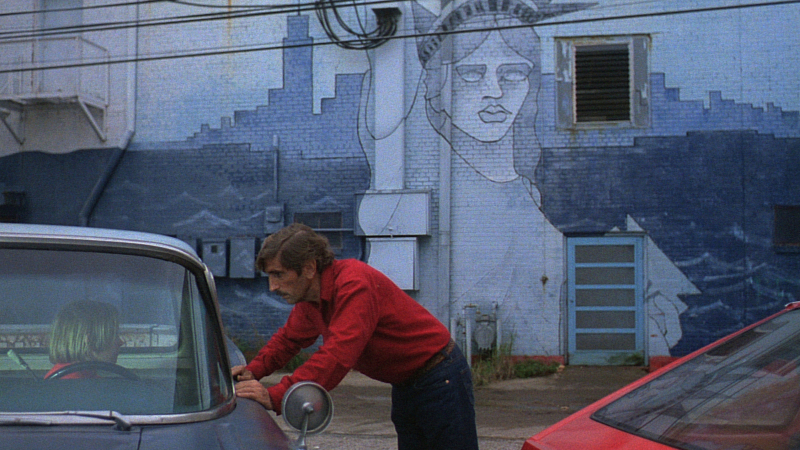
Although it starts with Travis walking, and much of the early part of the film takes place in and around Walt and Anne’s home, it’s very much a road movie with a great deal of the narrative taking place in cars and pickup trucks.
The film caused a sensation when it came out in the UK over 35 years ago. There are a number of reasons for this, which basically boil down to many collaborators on the film being completely in synch and making the same project rather than pulling it in different directions as can sometimes happen.
The script by acclaimed playwright Sam Shepard is never hurried (although perhaps that’s also in part down to Wenders’ beautifully slow-paced direction and editor Peter Przygodda’s pacing) as it explores the American obsession with family, resisting the temptation to fall into a neat ending tying everything together.
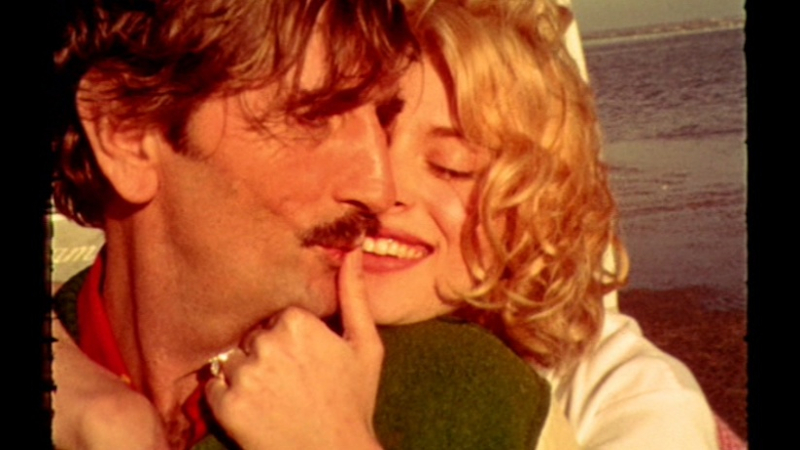
The film’s big star was Kinski, who appears only briefly before the final reel when she takes centre stage with Stanton for whom this was his first starring role – he previously appeared in bit parts in films as varied as One From The Heart (Francis Ford Coppola, 1981), Escape From New York (John Carpenter, 1981), Alien (Ridley Scott, 1979) and Two Lane Blacktop, (Monte Hellman, 1971). If any performance carries the film though, it’s Stanton as the burned out man who appears out of the desert at the start, attempts to sort out the mess he’s made of his family then drives off into the Houston night at the end. Dean Stockwell provides strong support playing his brother for the first half of the picture, as too does child actor Hunter Carson as his son throughout.
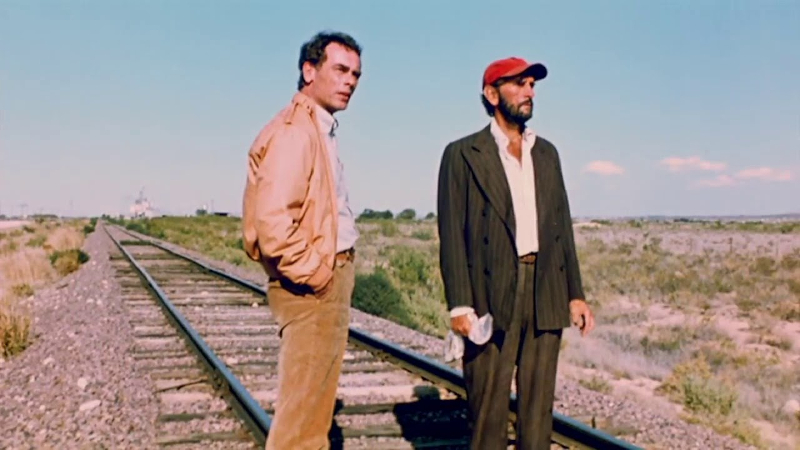
The cinematography by Robby Müller is magnificent, capturing / creating some incredible colour in night time shots. My two favourite moments, though, are… (2) the sequence where the camera follows Travis’ motor then stops as he drives past a road, then patiently waits as the vehicle reverses into shot and takes the turn and (1) the moment outside the Houston drive-in bank where the camera hovers over the sleeping child like a helicopter, with the sound of a helicopter playing on the soundtrack. The images chuck Americana at you constantly, for instance when you leave a diner and there’s a giant model of a brontosaurus in the background. The images are full of stuff like this, and constantly surprise.
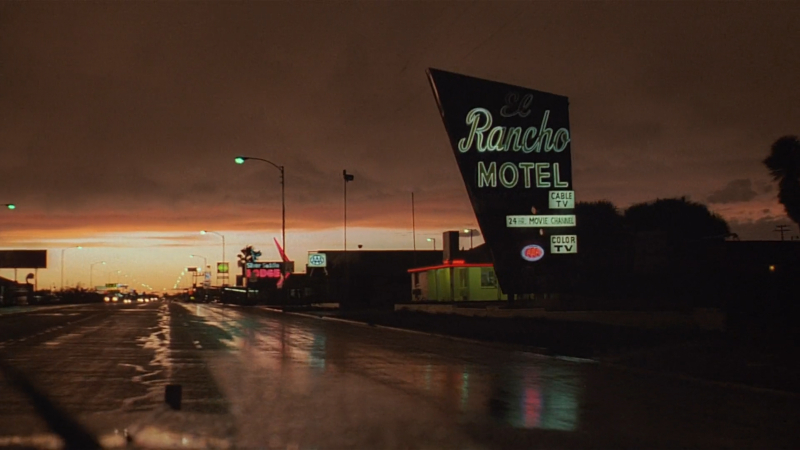
Perhaps that explains something of what’s great about this movie… What happens when you put people in front of a camera. That’s true of acting, but it’s also true of non-acting – the characters’ home movies (old footage of the family together, clowning around) – this walks a weird dividing line between actors doing their job and the camera capturing people fooling around. It’s also true of observation: shooting material with the camera and letting the footage speak for itself. I’m aware as I write this that it sounds like generalising, but I really think Wenders and his collaborators were onto something extraordinary here which has stood the test of time incredibly well.
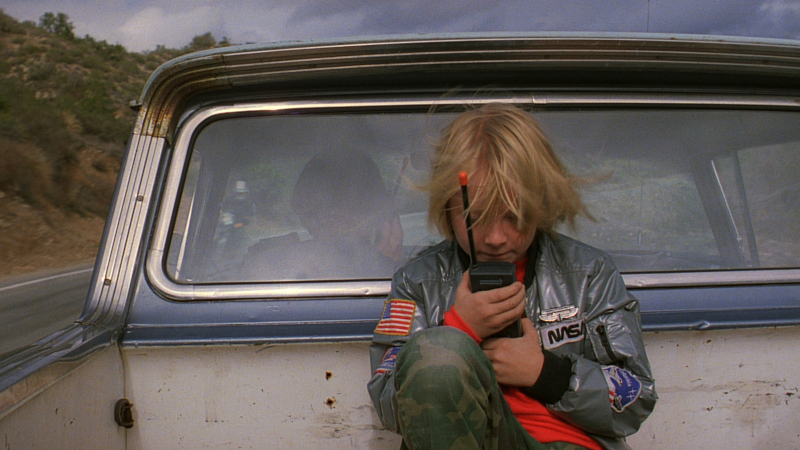
The iconic country, slide guitar music of the soundtrack by Ry Cooder perfectly judges the film’s various moods to add a whole other level to it.
A look through the credits reveals three cinema-significant women, two of them directors. Claire Denis was the assistant director while Allison Anders was production assistant. The third is Lotte H. Eisner – writer of The Haunted Screen (1952), a study of German Expressionist cinema – who died in 1983 and to whom the film is dedicated.
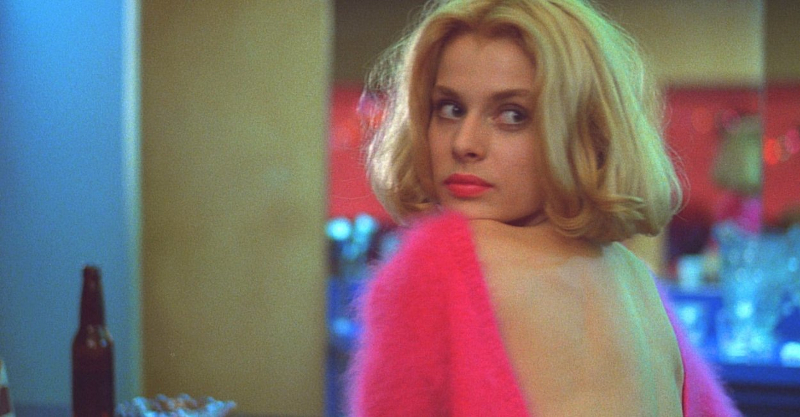
Specific moments anticipate Wenders’ (very different) Wings Of Desire (1987). Stanton traverses a bridge on foot against the sound of a man’s verbal rant until he reaches him mid-bridge and gently touches him, as if by way of comfort. In retrospect, one could be watching an embryonic sketch of the angel Cassiel listening to and holding human beings sharing their innermost thoughts with the cosmos. Then there’s the building in which Stanton’s Travis finally tracks down his disappeared wife where a rock band is rehearsing: the atmosphere and the throbbing basslines hint at what Wenders will achieve with Nick Cave and others in the later film. A lovely moment has Stanton try on a hat in search for the perfect father image to present to his newly re-met son, which might be a dry run for the scene where Peter Falk tries on a series of hats in the later film.
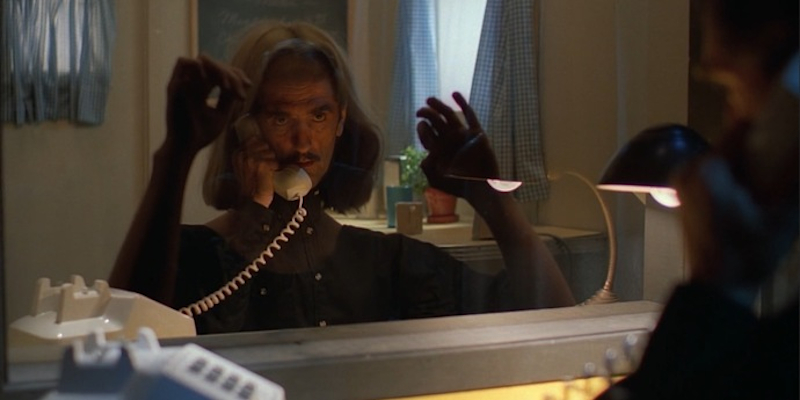
Its inventiveness throughout on so many levels means that it remains one of my personal favourite movies and one of the few of those that isn’t fantasy, science fiction, horror or animation. But then again, it does feature a child with a Star Wars bedspread and a reference to his parents’ separation as “a long time ago, in a galaxy far, far away.” When the film came out, there was something magical and deeply cinematic about it. Watching this gorgeous brand new restoration, the film looks and sounds as good as it ever did if not better and remains to this day a genuine, cinematic treat.
Paris, Texas is back out in cinemas in the UK on Friday, July 29th.
Trailer:
